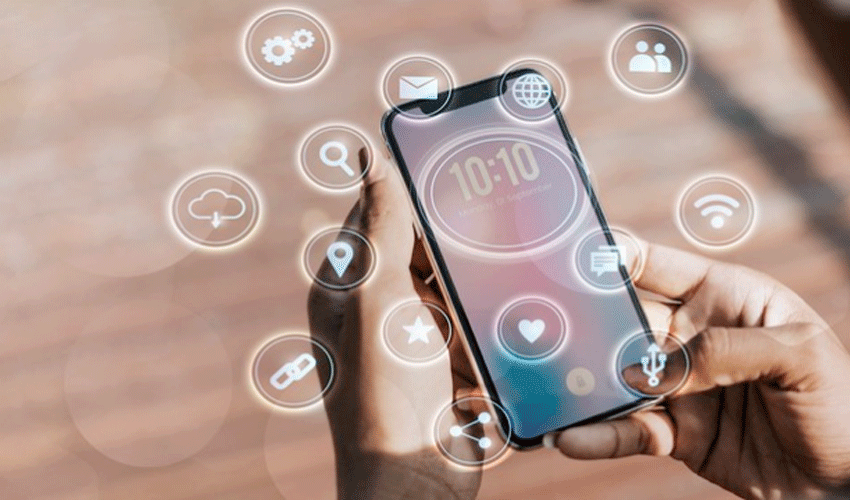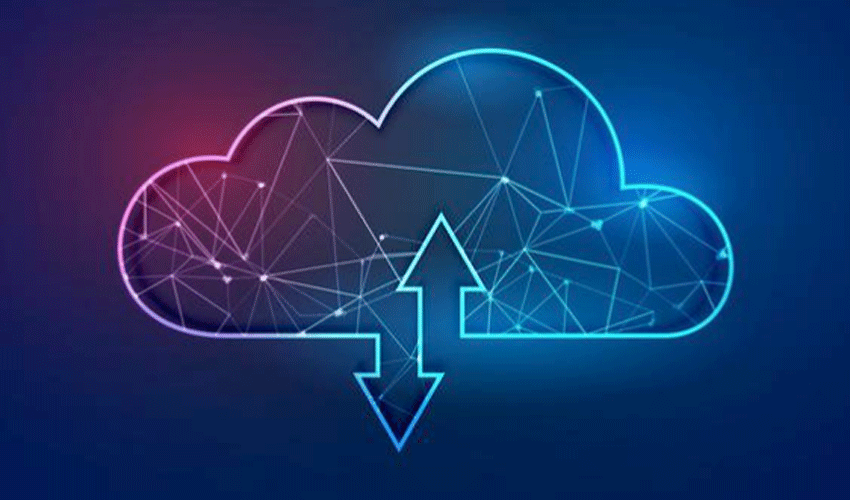
As the world has become more digitized, mobile phones and other devices are now at the center of most transactions and activities.
From taking photos of your children to sending emails or drafting an important contract, your digital devices are vital tools for everyday life.
Unfortunately, being so small and vulnerable, devices are in constant danger of being lost, damaged, or stolen. As well as being inconvenient, this also puts you at risk of losing all your precious photos, contacts, and files.
To help everyone protect all of their data, here is our easy-to-follow guide to keeping files on your device backed up.
1. Find a Cloud Storage Provider
There are various cloud storage service providers that offer massive free storage capacity. This is ideal for keeping all of your files and data from every device in the same place.
Cloud storage has stringent security measures and the most advanced data protection technology so that nothing is at risk of being hacked or lost.
There are many benefits to Cloud storage and you can find more info online, but one major advantage is that you can share files instantly with other people simply by granting them access to specific files or to your entire cloud.
This means that you can work on the same file at the same time and nothing needs to be sent by email or any other potentially dangerous method. Cloud storage is such an effective method for backing up mobiles and other devices that it is close to making all other storage solutions obsolete.
2. Use iCloud & iTunes for Your Apple Device Backups
Apple offers state-of-the-art backup solutions, iCloud & iTunes, that only work for users of Apple devices like the iPhone, iPad, and Macbook. iCloud is a convenient way to back up your phone’s data as it can be set up automatically and you can easily access and download a file from your device at any time, on any other device.
While iCloud is a great mobile-based solution from Apple, iTunes is used to backup everything from your iPhone to your computer, including photos, videos, messages, or data. It’s important to note that iTunes backup is manual, so you have to remember to do it regularly, and to make sure you have enough free space on your hard drive to be able to store the iPhone backup.
3. Backup Your Files on Google Drive
Google Drive is a more versatile choice, especially if you are not using an iPhone, as it is free up to 15GB and is typically less expensive than iCloud if you need to purchase more storage space. You can access your documents anytime, anywhere, and upload view, and share them with people, either online or via the app. Although you can always manually upload your files, Google Drive gives you the option to automatically back up photos and files as soon as they are saved on your phone.
Google also has separate apps that you can download to take advantage of specific features of Google. For example, you can download Google Photos to manage, edit and save your photos online. Google Drive is perfect for sharing files and folders with other users as all you need to do is grant them access to a particular document or even an entire folder. You can choose to give them viewing access or complete editing capabilities.
4. Use a USB Thumb Drive for Smaller Amounts of Data
USB thumb drives are a simple and cost-effective external backup option that has been around for so long and never seems to go out of date. Although they are not as versatile as online storage, thumb drives only cost a few dollars, are highly secure, and work with most computers. All you need to do is to connect your device to a computer, plug in a thumb drive and transfer all your files.
Because of their size, thumb drives are easy to lose or overlook, so it’s important that you keep all of them somewhere secure. Another downside is thumb drives have limited storage capacities, so make sure to get one that’s large enough for your data.

Regardless of what kind of device you are using, backing up your data is becoming more important now than ever. Having a good backup plan ensures that you still have access to all your documents even if you lose your actual phone or switch to a new device.
The best plan is to have multiple backup locations so that whatever happens to one of them, you will never lose your important files or data. Make sure to switch on auto-save and update wherever it is available so that there is nothing that is able to slip through the cracks.


